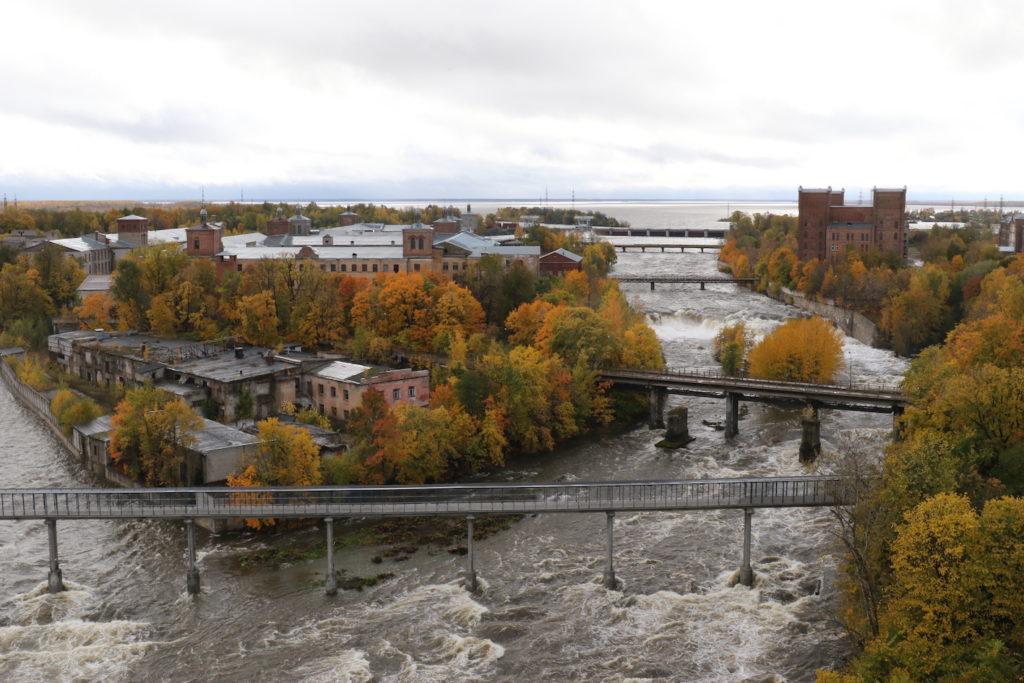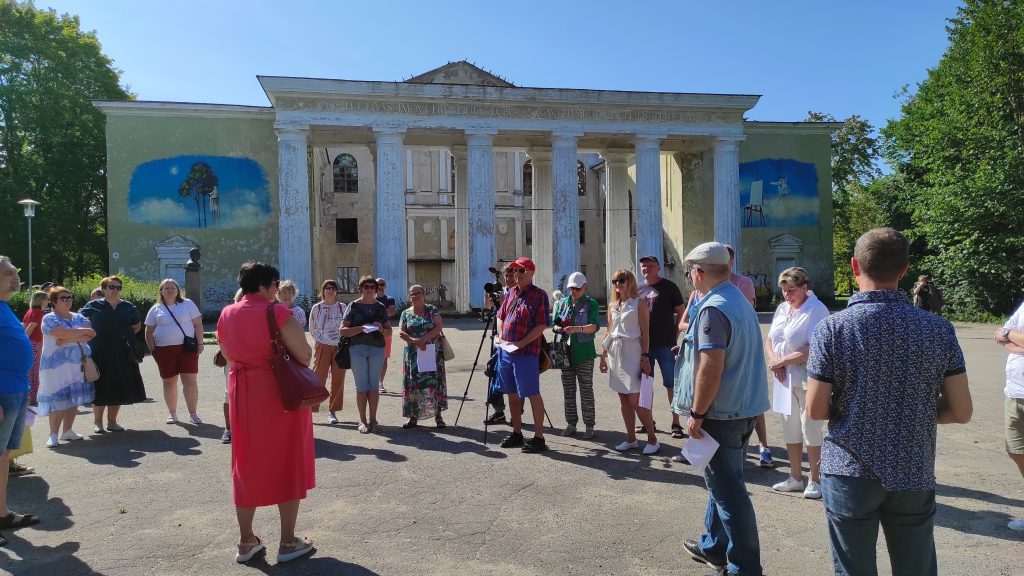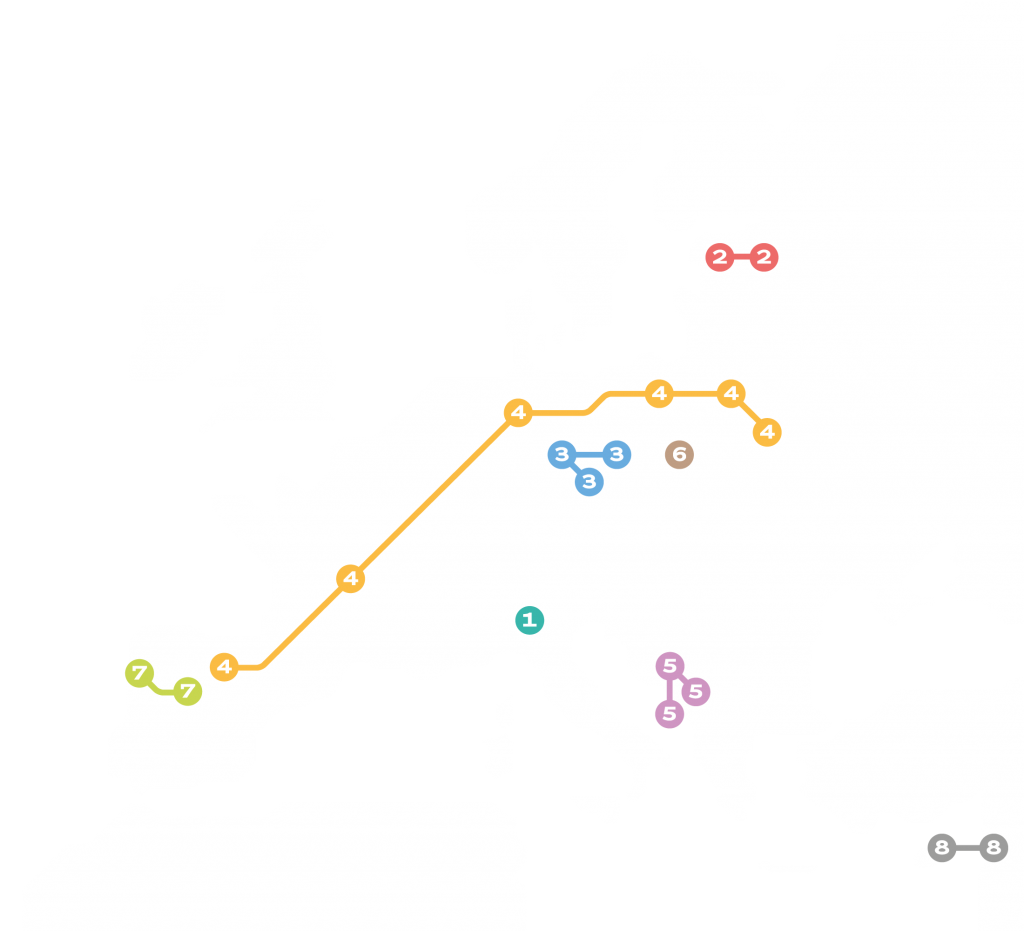The Narva Pilot comprises the city of Narva and the post-industrial Kreenholm district. The site is located in the Ida-Viru region in the north-east Estonia, on the border with Russia. Kreenholm was a textile manufacturing company located on the island of Kreenholm in Narva.
Founded in mid-19th century, the industry grew significantly during the Soviet regime. The collapse of Soviet Union and the global shift of textile industries left many vacant spaces in the Kreenholm district (about 30 ha), which is now part of Narva’s high-value cultural heritage.
Over 90% of Narva’s residents are Russian speaking, which sets cultural tourism against a backdrop of minority dynamics and memory, and of a mixed sense of belonging and shifting geopolitics.
During the TExTOUR project, Narva achieved the following objectives:
- Understanding the heritage value and potential through stakeholder engagement activities
- Organising living-lab events that combine film, augmented reality and design.
- Promoting cultural tourism through better use of (or new) Kreenholm’s infrastructure and socio-cultural capacities
- Positioning and enrolling of Narva Kreenholm complex and Narva city as an important post-industrial heritage and cultural tourism node in trans-regional and international platforms











